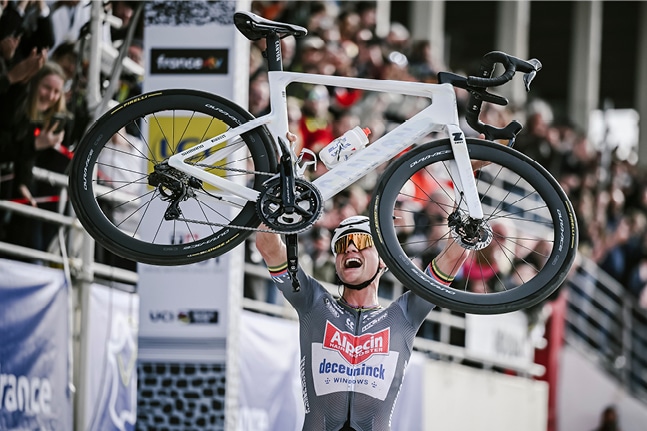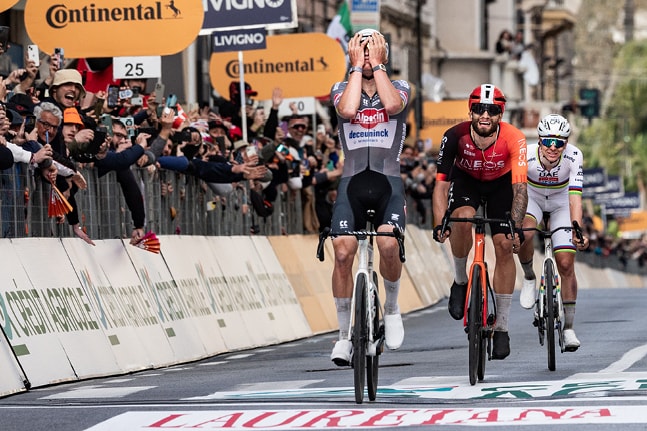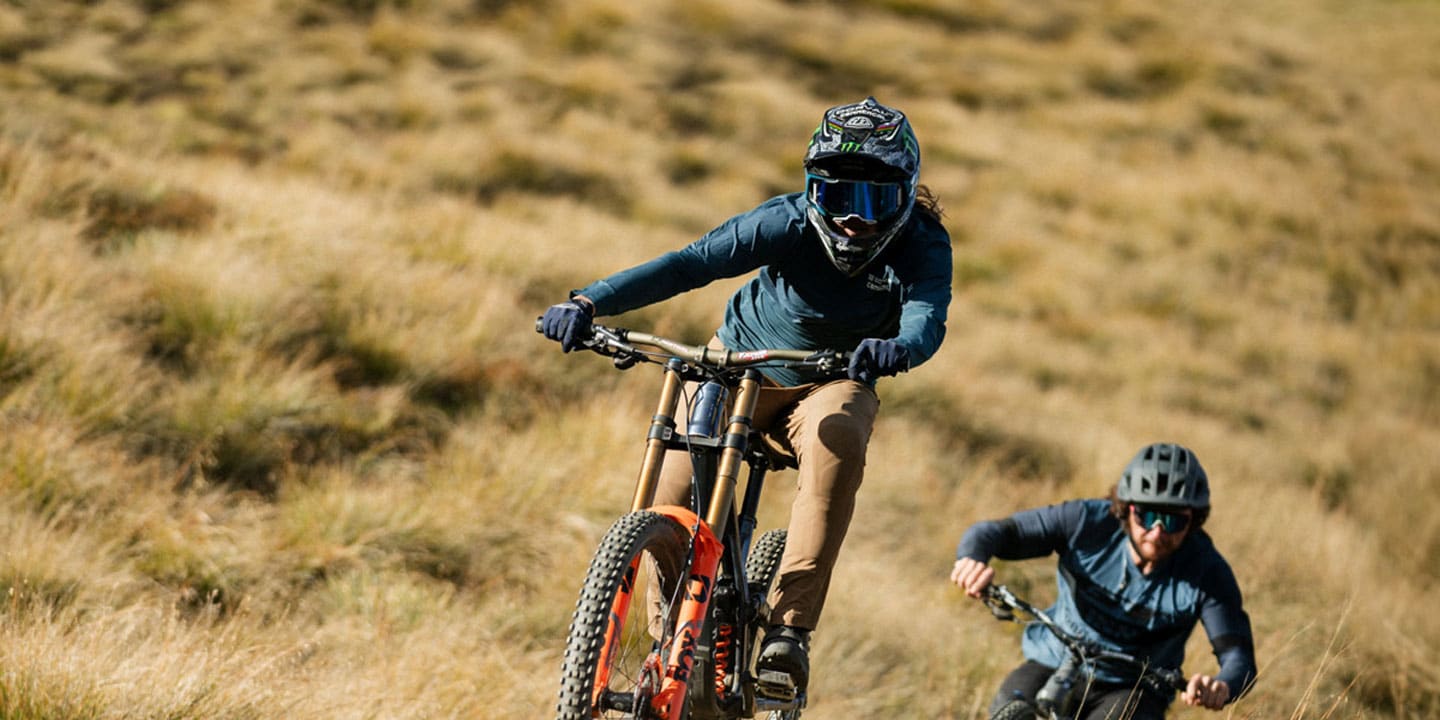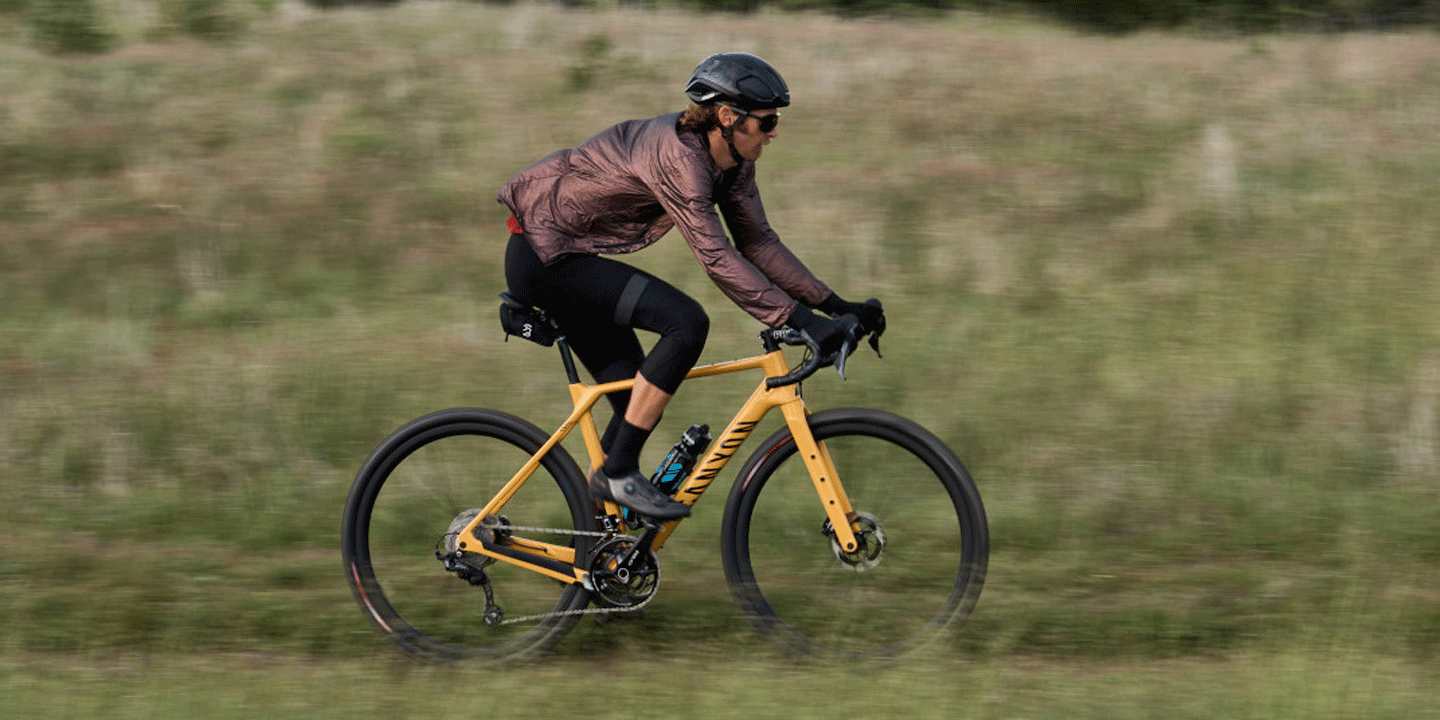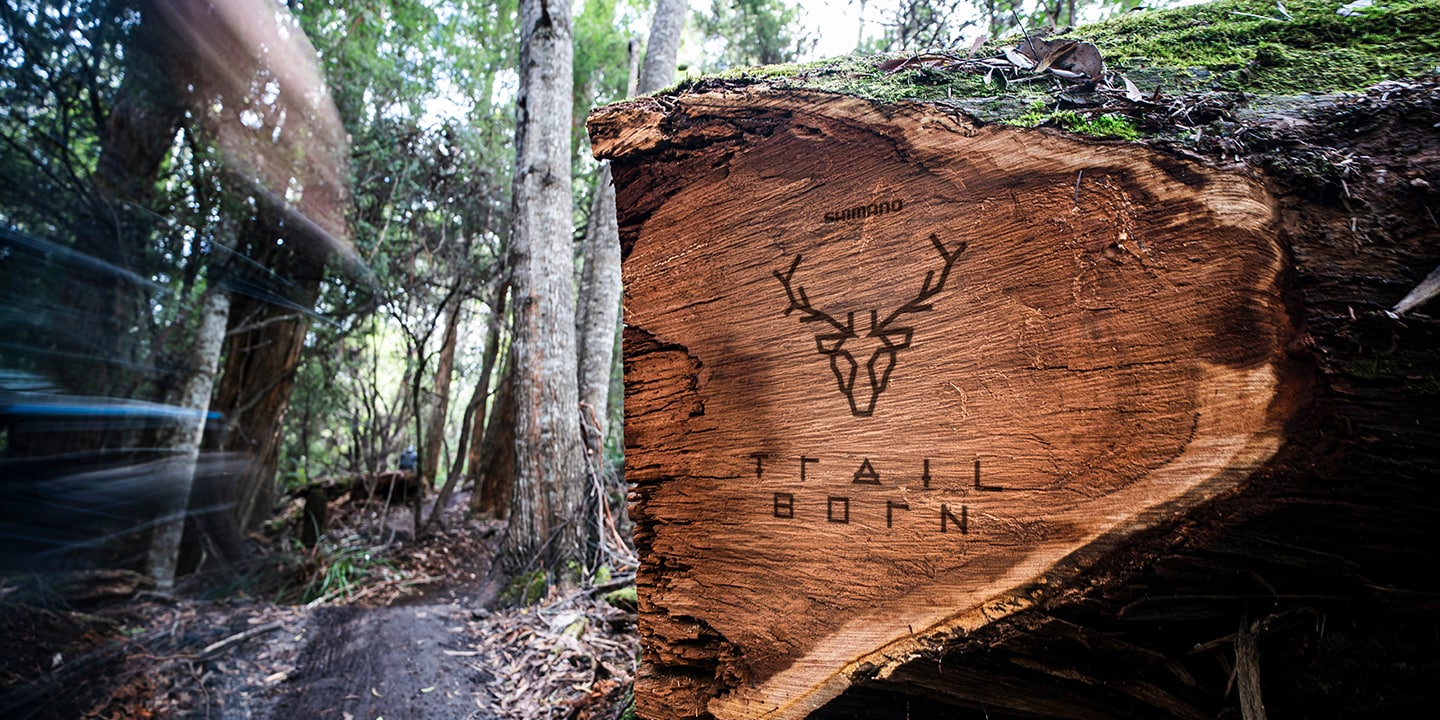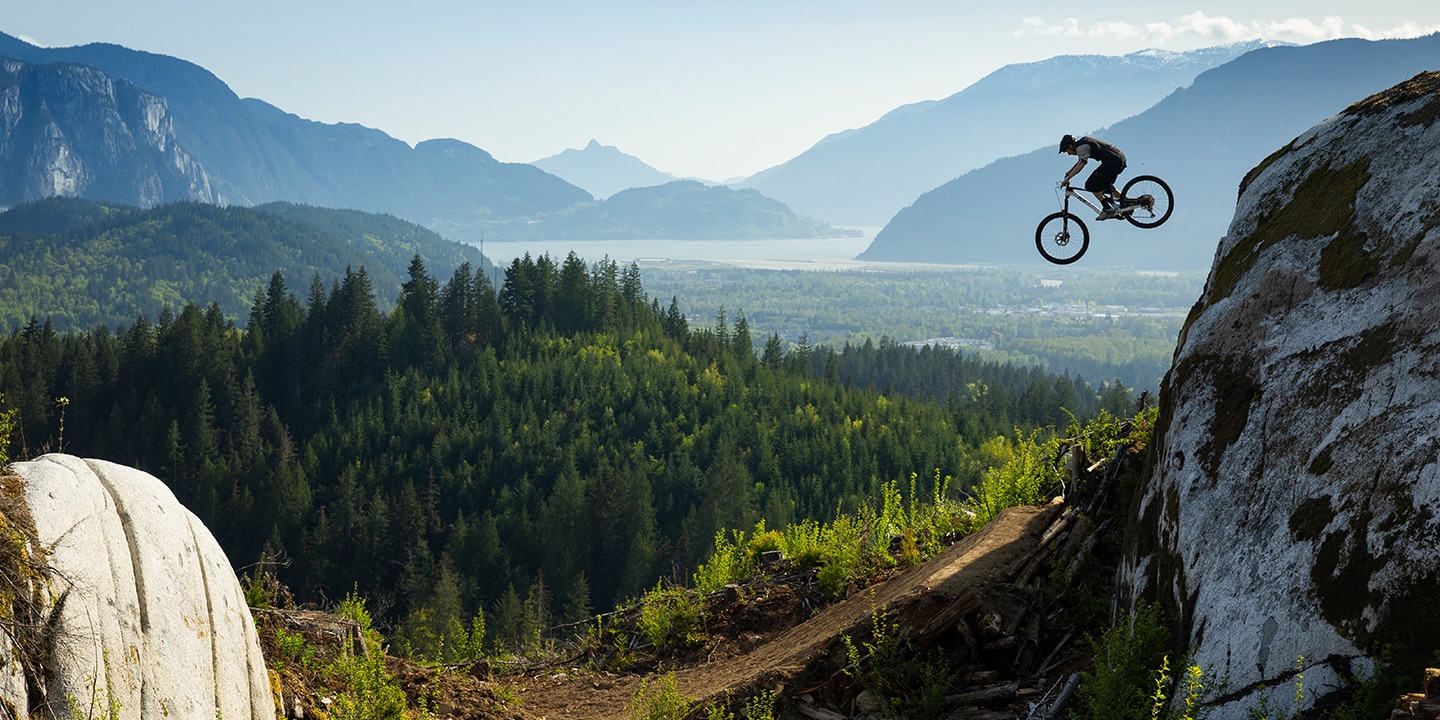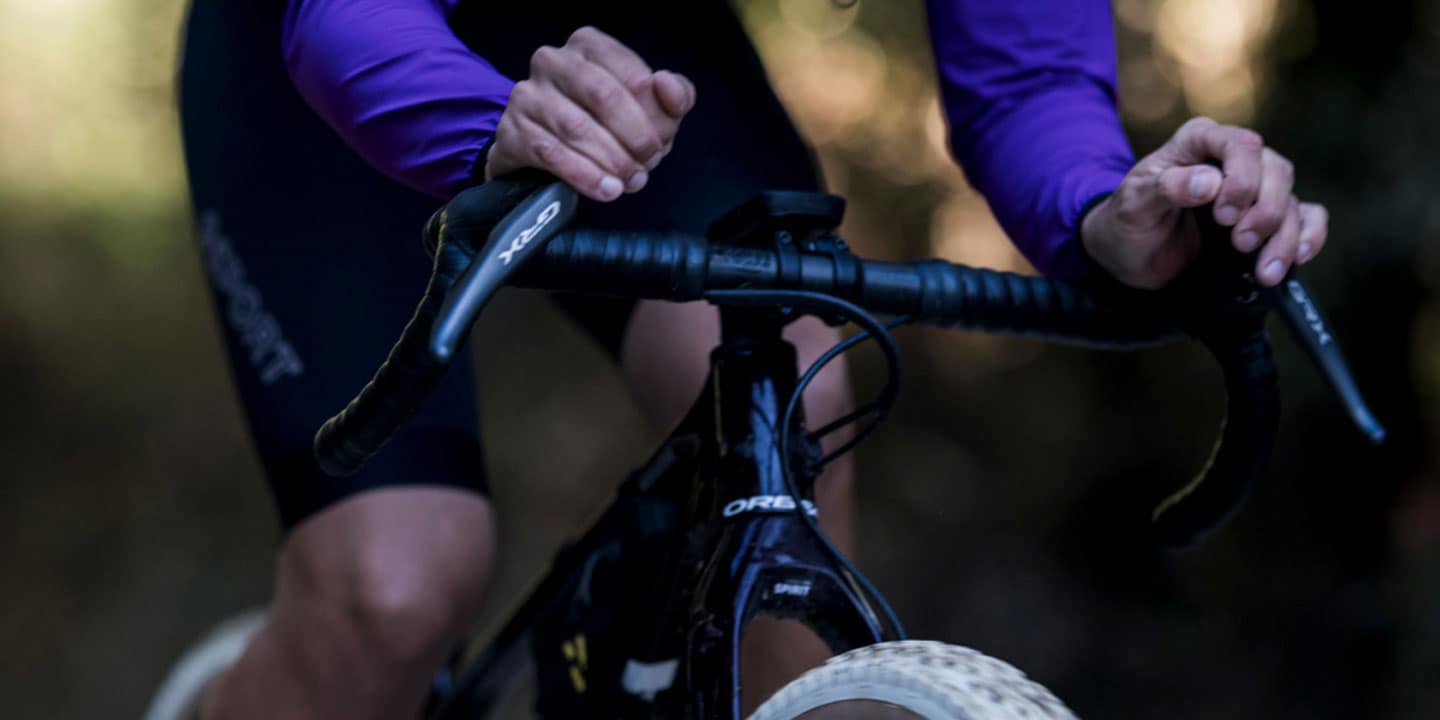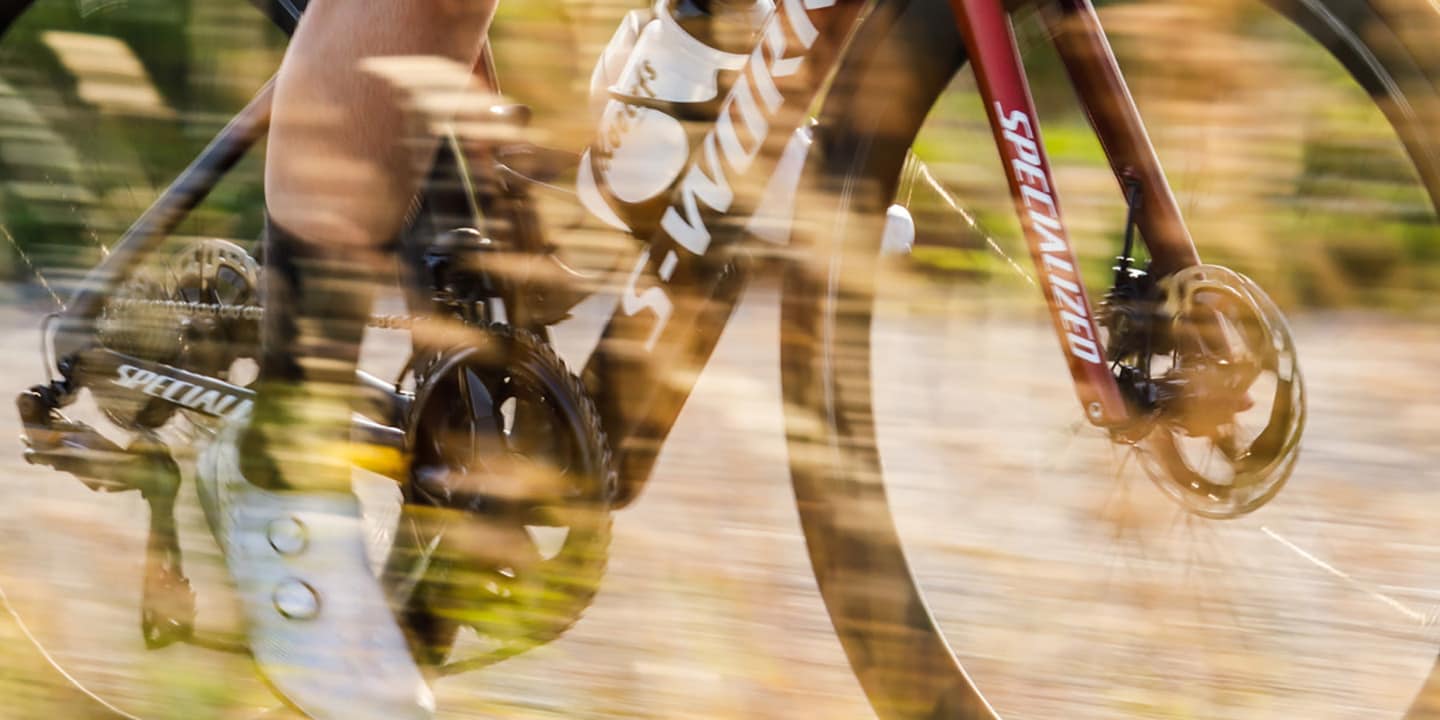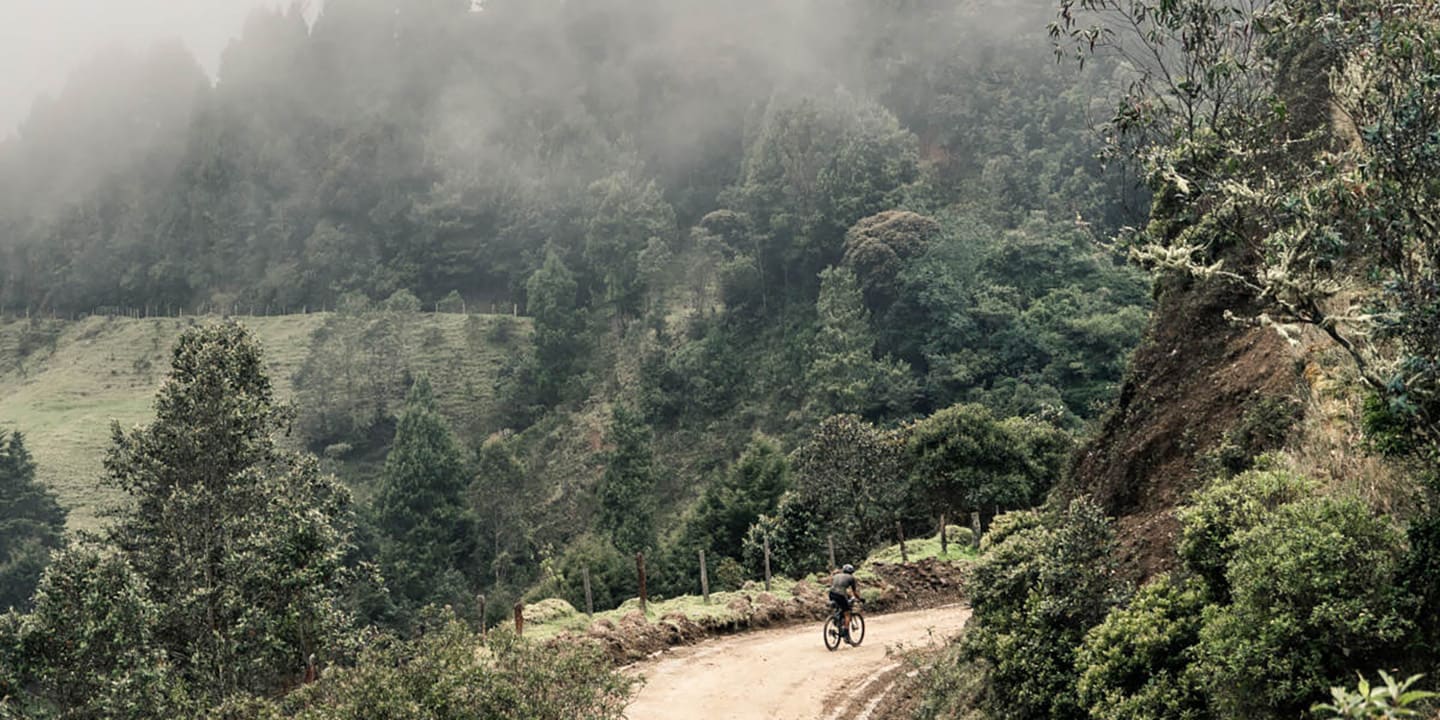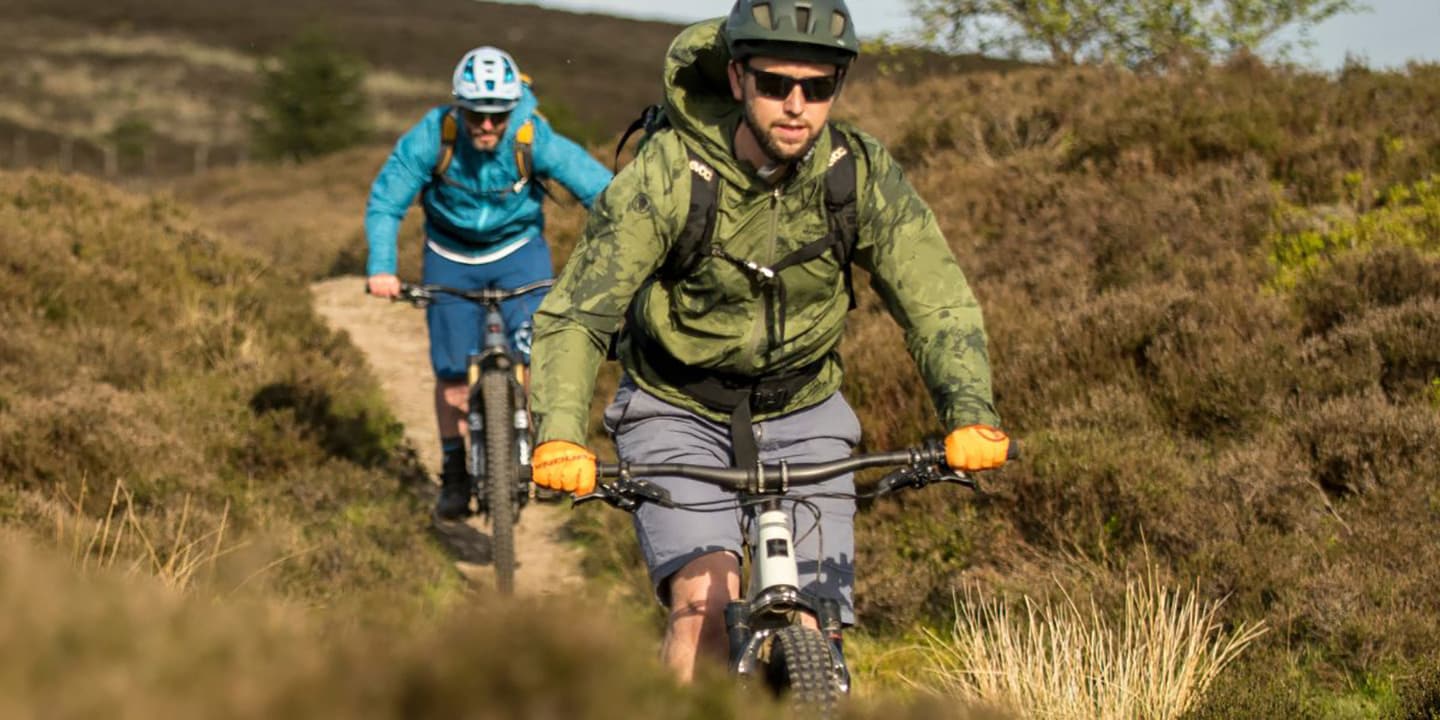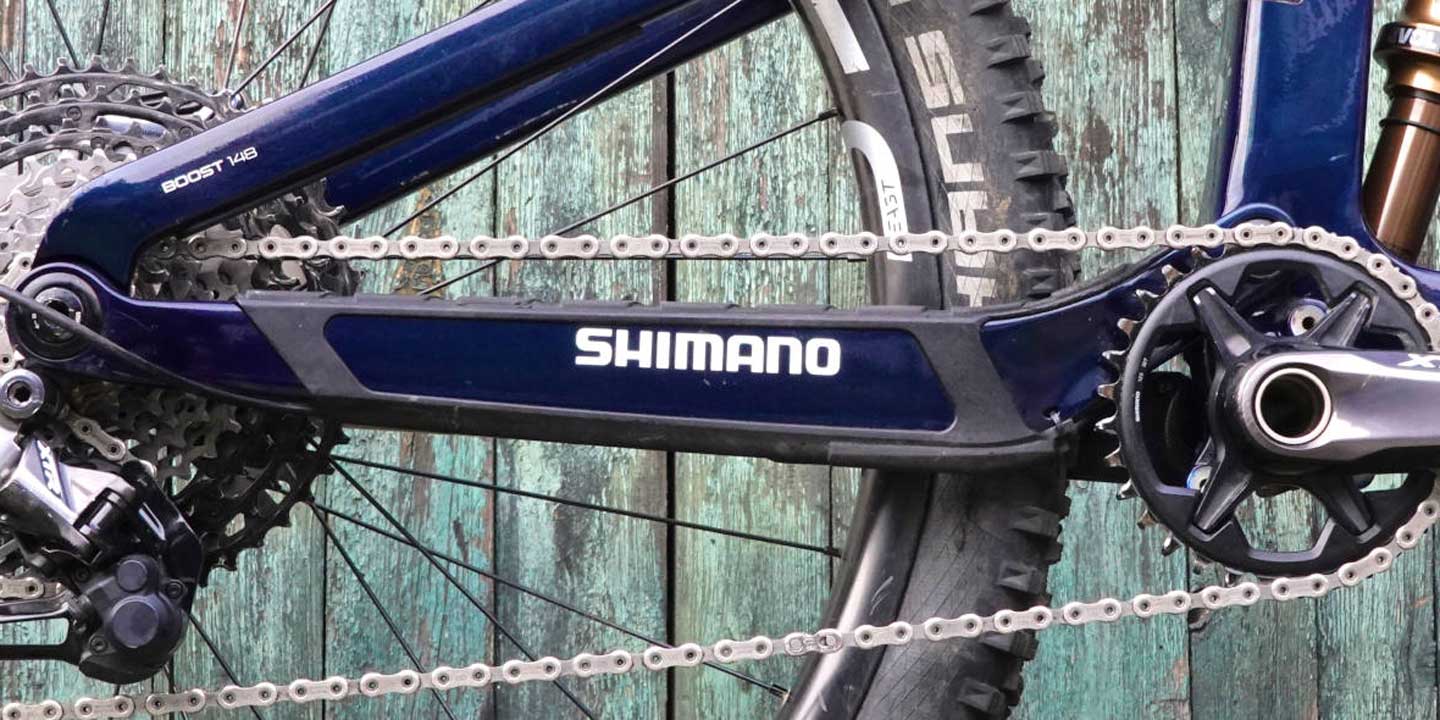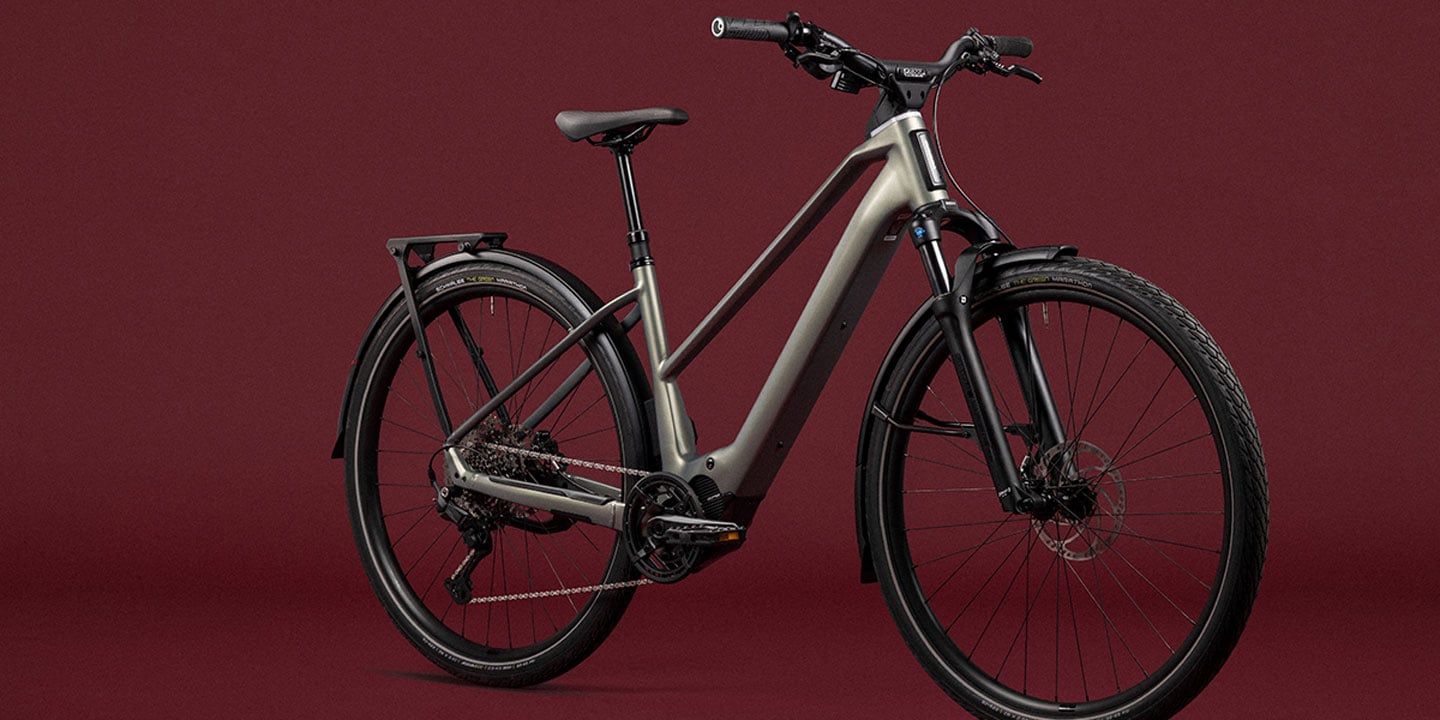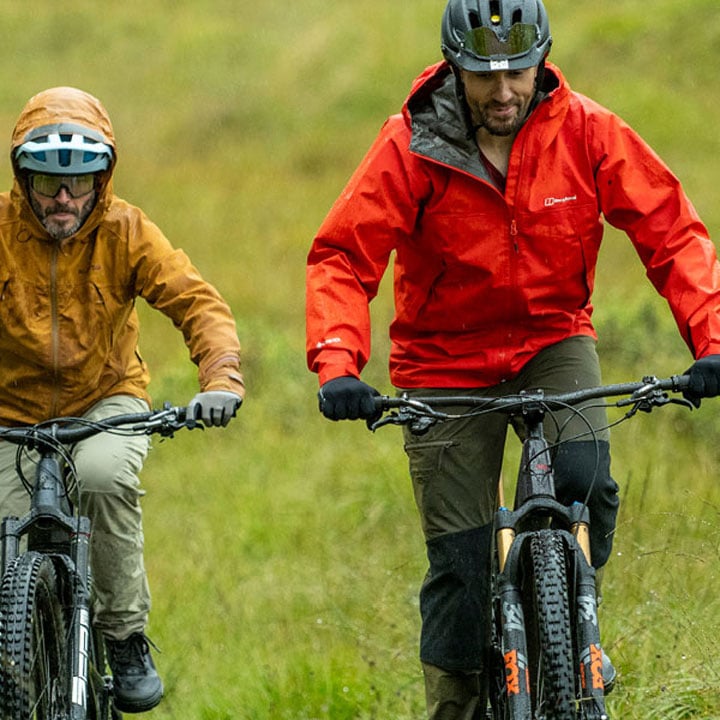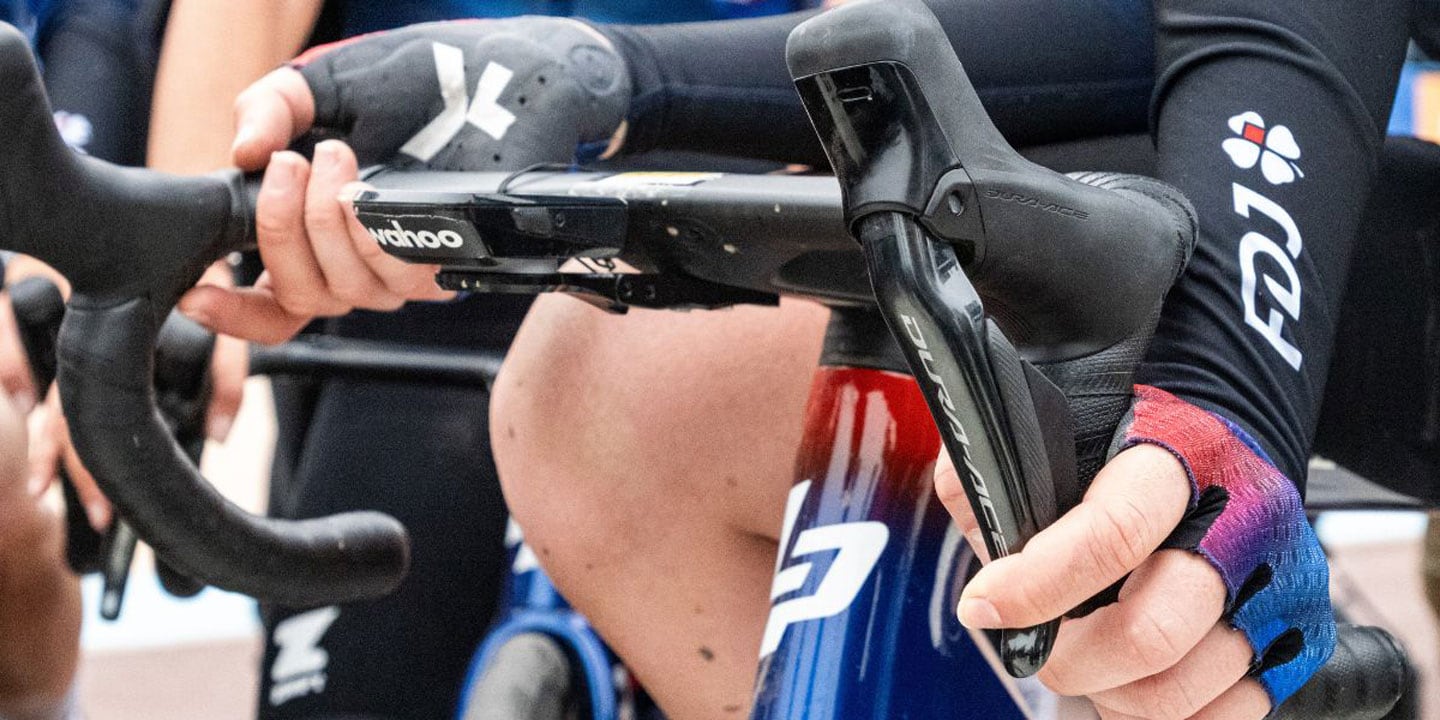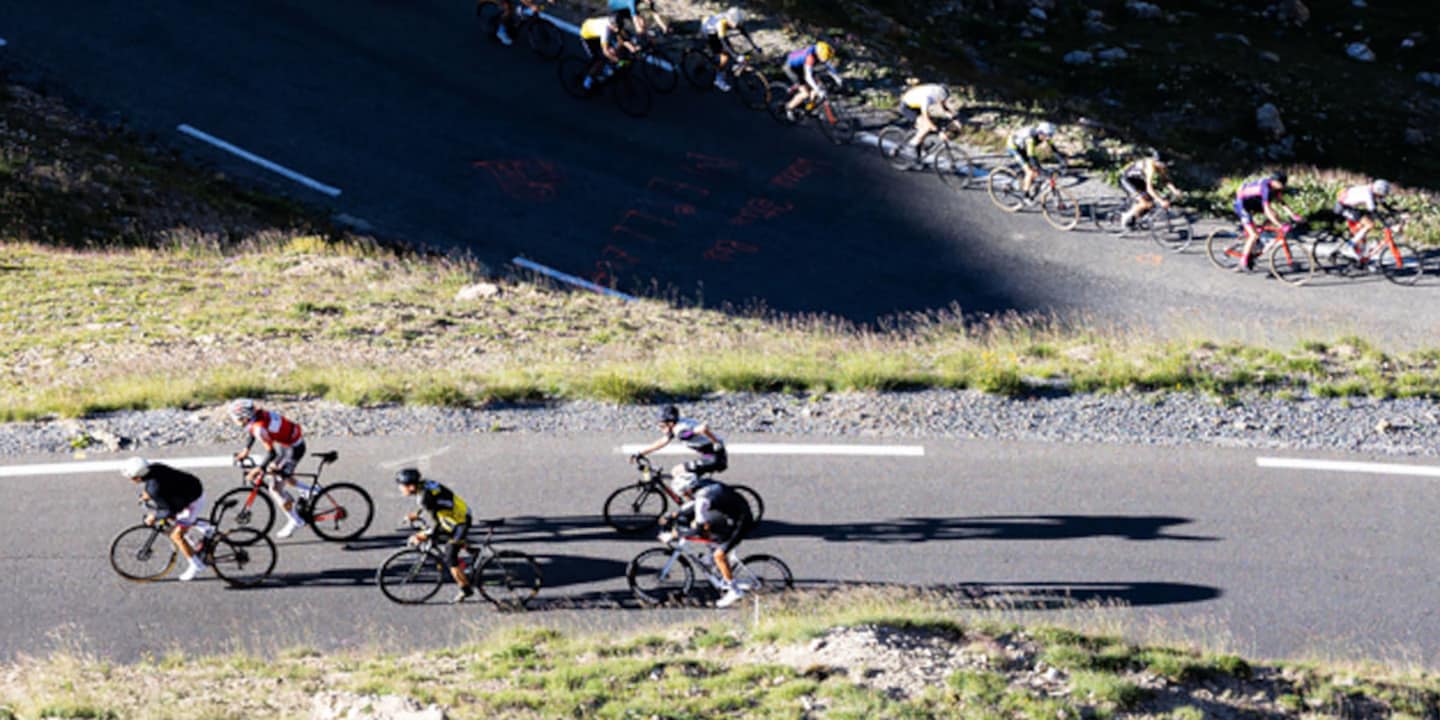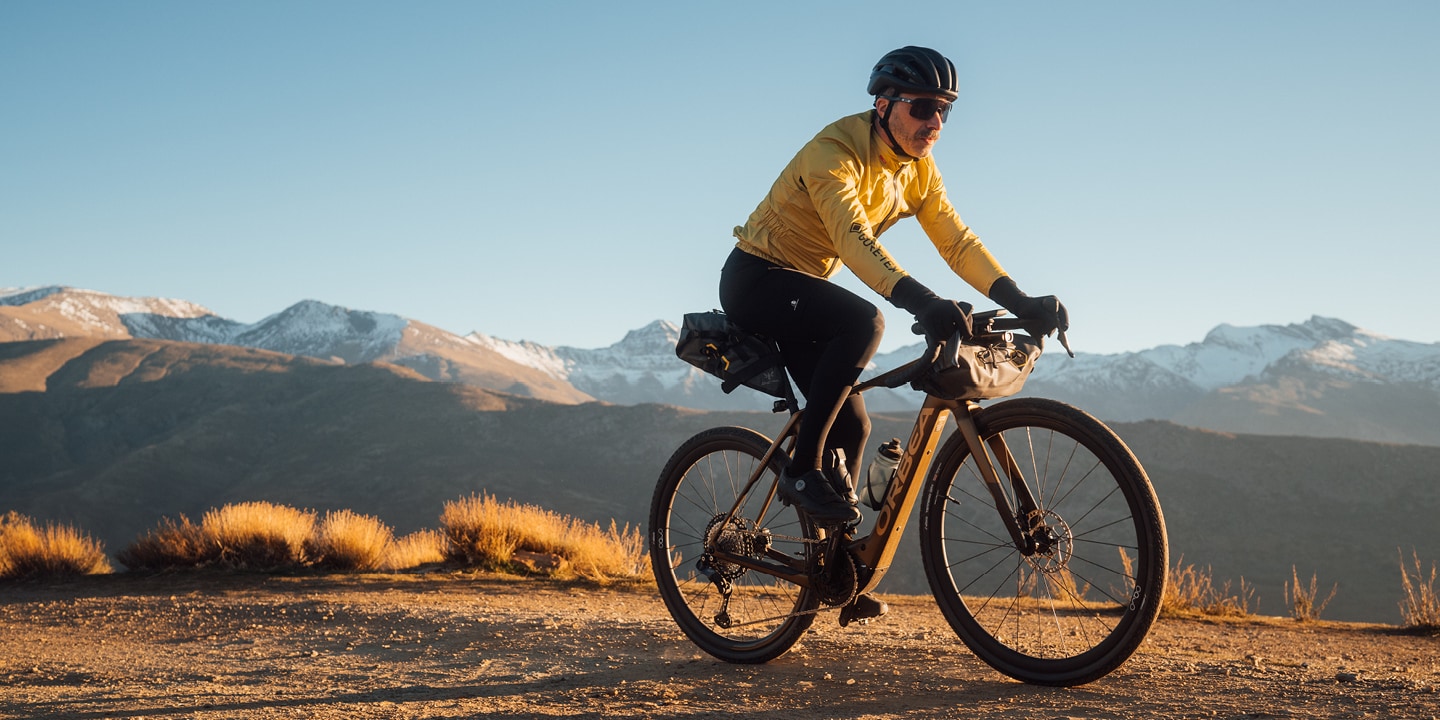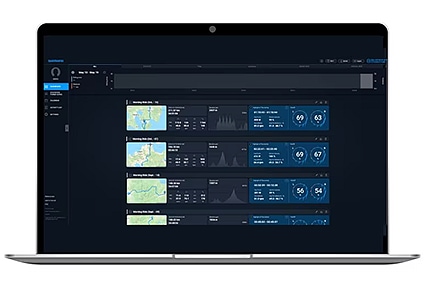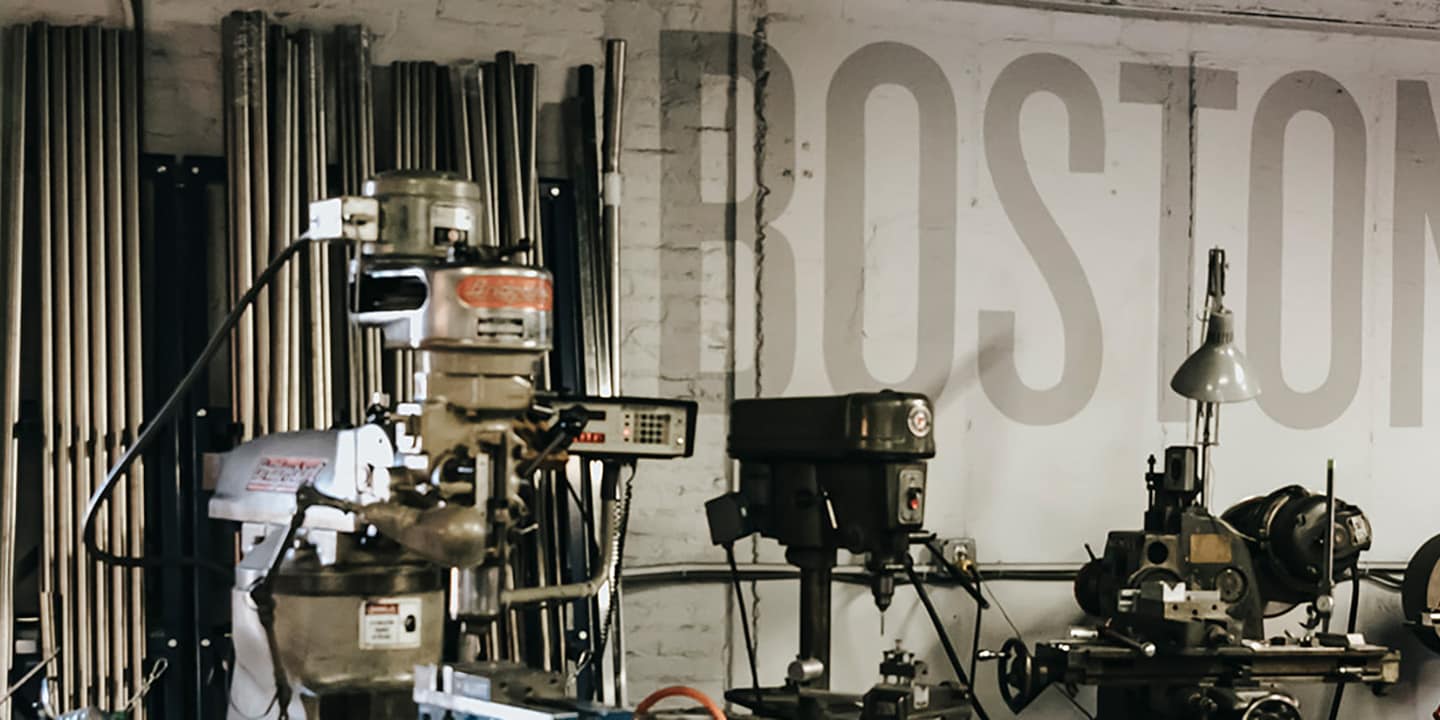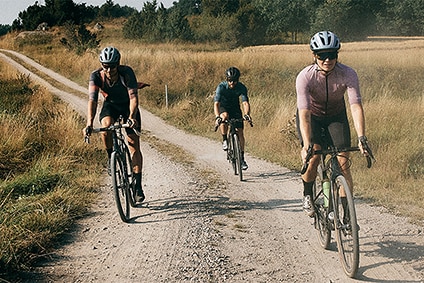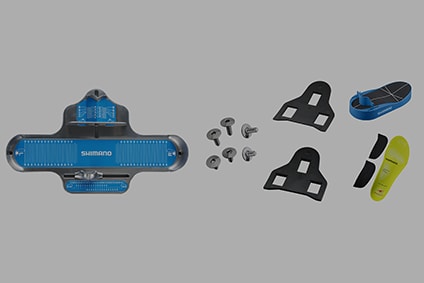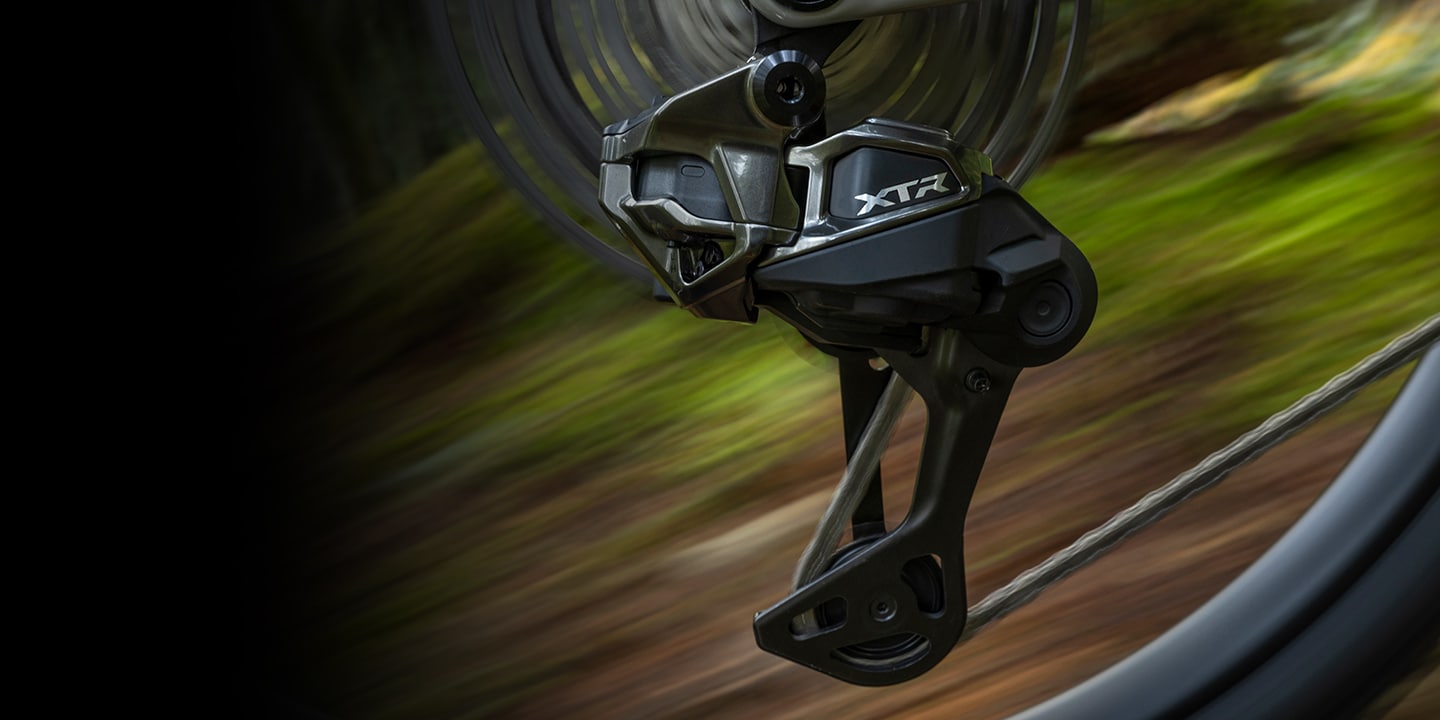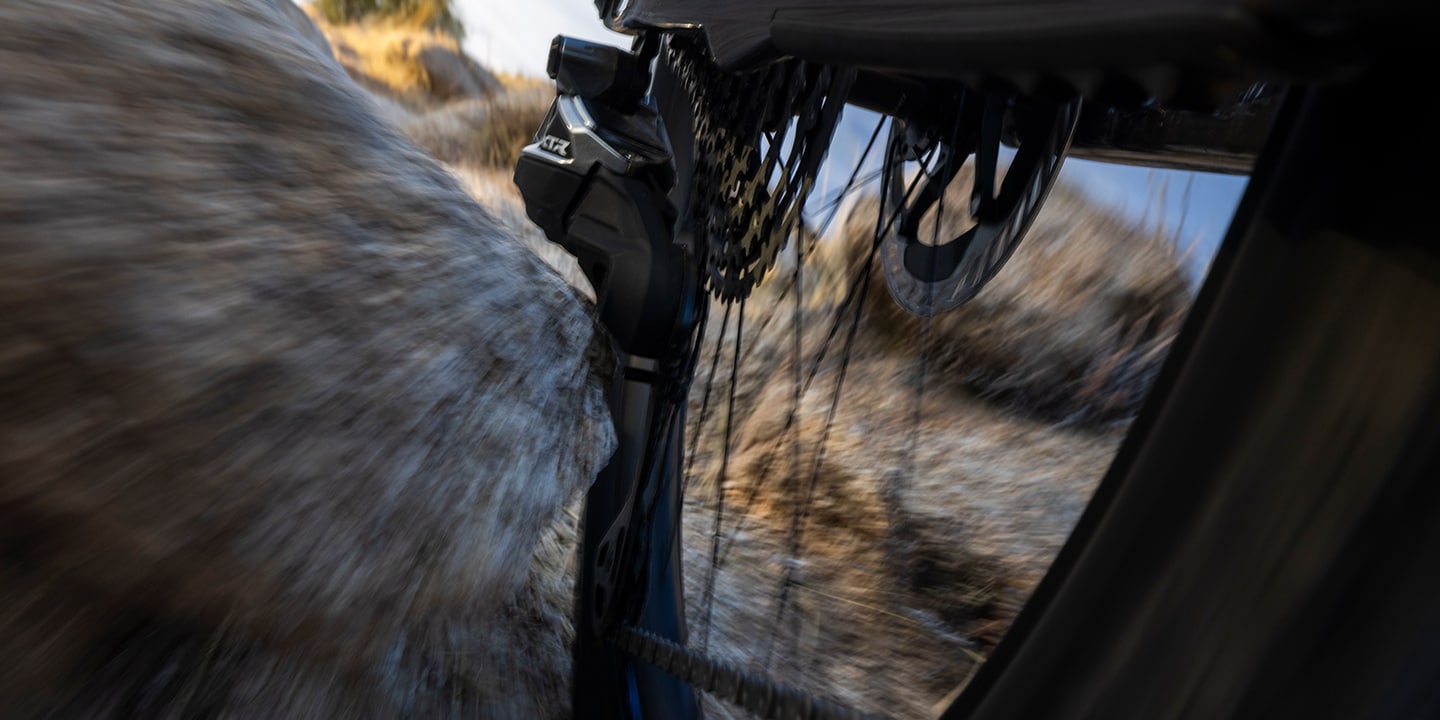-

- SHIMANO amplía la familia GRX con los componentes RX717
- Ofrecemos más opciones de GRX Di2 1x12 velocidades asequibles
- 16/12/2025
SELECT LOCATION AND LANGUAGE
GLOBAL
AMERICAS
-
BELGIUM
FRANÇAIS
-
BELGIUM
NEDERLANDS
-
NETHERLANDS
NEDERLANDS
-
SWITZERLAND
DEUTSCH
-
SWITZERLAND
FRANÇAIS
-
SWITZERLAND
ITALIANO
-
AUSTRIA
DEUTSCH
-
FRANCE
FRANÇAIS
-
GERMANY
DEUTSCH
-
ITALY
ITALIANO
-
SPAIN
ESPAÑOL
-
PORTUGAL
PORTUGUÊS
-
POLAND
POLSKI
-
UNITED KINGDOM
ENGLISH
-
SWEDEN
SVENSKA
-
DENMARK
DANSK
-
NORWAY
NORSK
-
FINLAND
SUOMI
EUROPE
ASIA
OCEANIA
Los frenos son una pieza absolutamente esencial de nuestra bicicleta de montaña, pero a veces también resultan desconcertantes. ¿Cómo puede ser que algo que tiene una función tan sencilla como la de detener nuestra bicicleta, resulte tan complicada?
Tener unos frenos equivocados puede ponernos nerviosos durante las salidas, e incluso causar accidentes, por lo que debemos entender qué frenos necesitamos. Aquí analizaremos cómo funcionan los frenos y qué tecnologías utilizan de forma que todos podamos entenderlo.
¿Qué es un freno de disco hidráulico?
En primer lugar, tenemos que conocer lo que tenemos entre manos. Los frenos de disco hidráulicos funcionan tirando de una palanca que mueve el fluido a través del latiguillo y hacia la pinza de freno. Entonces, el fluido provoca que los pistones de la pinza presionen las pastillas de freno contra el disco, ofreciéndonos la fricción que necesitamos para reducir la velocidad y conservar el control.
¿Porqué los frenos hidráulicos son mejores para ti?
La elección de los frenos se reduce a conocer por dónde y cómo montas. Los ciclistas de descenso bajando a tope por peraltes y secciones pronunciadas utilizarán frenos distintos a los de XC, que se desenvuelven por subidas y se enfrentan a descensos más cortos y menos pronunciados. Los ciclistas de descenso necesitan tanta potencia como sea posible, mientras que un ciclista de XC estará más centrado en el peso (ambos necesitan escoger sus pastillas, el número de pistones, y los discos, cuidadosamente).
Los discos de MTB explicados fácilmente
Los discos son una parte fundamental del sistema de frenos. Son el enlace entre el freno y la bicicleta, e impactan enormemente en el rendimiento. Los discos de MTB vienen en varios tamaños: 140mm, 160mm, 180mm, 203mm y 220mm, pero lo más grande no tiene porqué ser mejor. En lugar de esto, se trata de asegurar que la cantidad de calor generada sea adecuada. Si tus discos están demasiado calientes, no rendirán, y lo mismo pasa si están fríos; queremos encontrar el punto perfecto donde se genere fricción, pero sin que los discos se sobrecalienten.
Ciclistas más corpulentos, montando a velocidades más altas por terrenos más pronunciados, preferirán discos más grandes, y los más pequeños son para ciclistas que bajan más despacio por terrenos no tan abruptos. También verás algunos que llevan un disco sobredimensionado delante, y otro más pequeño, detrás. ¿Porqué? Cuando nos lanzamos cuesta abajo por un sendero pronunciado, nuestro peso se traslada a la parte delantera de la bicicleta, por lo que el freno delantero trabaja más, encargándose a veces del 70% del frenado. Un disco más grande es fantástico en este caso.
El color de tus discos de freno te indica si su tamaño es adecuado o no. Si tienen marcas marrones has dado en el clavo. Si tienen una coloración de arco iris quiere decir que se están calentando demasiado y quizás necesites unos más grandes y, si no se decoloran, es que no se calientan, así que quizás debes poner unos discos más pequeños (o montar más rápido).
Nuestros nuevos discos de freno RT-CL900 y RT-CL800
Los nuevos RT-CL900 y RT-CL800 reúnen toda la tecnología de las que son capaces unos discos de freno. Son distintos de sus antecesores porque tienen una nueva forma, y un perfil más fino , por lo que se desvían y oscilan menos, lo cual favorece el disipado del calor y la consistencia del frenado. El RT-CL900 tiene una pintura de disipado que ofrece un 10% de mejora. Ambos están disponibles en 140mm, 160m, 180mm y 203mm, para que cualquier ciclista encuentre su tamaño perfecto.
Los pistones y las pastillas también importan
No es ninguna sorpresa que los frenos de dos pistones utilizan precisamente dos pistones (uno a cada lado de la pinza) para empujar las pastillas contra el disco. Los frenos de 4 pistones tienen pastillas más grandes con una mayor superficie y, por lo tanto, mayor potencia de parada. Pero el tamaño no es el factor más importante, deberías preocuparte más de encontrar el punto medio perfecto de calentamiento.
Las pastillas de freno tienen inicialmente dos opciones: metálicas (sinterizadas) o resina (orgánicas). Las metálicas son una buena elección para rodar sobre arena, barro y con mal tiempo. En zonas con colinas, no muy pronunciadas, y en invierno, las pastillas de metal son una elección fiable. Las de resina son recomendables tanto en situaciones de seco y de mojado, y en zonas montañosas con largos descensos (con un desgaste ligeramente más rápido que en las metálicas).
Frenos de desgaste rápido con ICE TECHNOLOGY
Cuando nuestros frenos se sobrecalientan, perdemos poder de parada y empezamos a perderlos. Esto es malísimo si estás dando vueltas a un bikepark y te encuentras ante el enésimo descenso técnico. Los discos ICE TECHNOLOGY tienen un diseño de tres capas de acero inoxidable, aluminio y acero inoxidable, que disipa el calor y te ofrece un rendimiento de frenado predecible y consistente. Esta tecnología está presente en los siguientes discos de freno:
- RT-CL900
- RT-CL800
- RT-MT900
- RT-MT905
- RT-MT800
- SM-RT900
- SM-RT800
- SM-RT86
- SM-RT70
ICE TECHNOLOGIES FREEZA disipa aún más calor
ICE TECHNOLOGIES FREEZA parte de nuestros actuales discos ICE TECHNOLOGY y lleva el disipado del calor a la máxima expresión, para los ciclistas que exprimen sus bicicletas al límite. Puedes esperar una reducción del calor de hasta 50º, gracias a las aletas de radiación y su diseño de tres capas. Puedes encontrar esta tecnología en nuestros discos XTR y XT.
SERVOWAVE te ofrece un contacto rápido
Toma el control gracias a la increíblemente rápida mordida de pastillas de SERVOWAVE. Con esta tecnología se necesita menor movimiento de las pastillas, lo cual también permite reducir esa sensación lineal de la frenada. En lugar de eso, los frenos adquieren un tacto progresivo sin mordida brusca inicial al apretar la maneta.
Mantenimiento más sencillo con ONE-WAY BLEEDING
La presencia de burbujas de aire en el líquido de frenos puede ser un desastre con fuerte impacto en el rendimiento, así que hemos creado el ONE-WAY BLEEDING. Esta forma simplificada de guiar el aceite reduce la posibilidad de errores a la hora de purgar los frenos. Recomendamos usar nuestro propio aceite de frenos mineral SHIMANO, que tiene un gran número de ventajas sobre el fluido DOT. Tiene un punto de ebullición alto, vital y constante, lo cual permite mejorar el rendimiento en situación de gran carga -manteniéndose constante a 200º sin absorber agua. También es anticorrosivo, por lo que no daña ni la pintura ni los plásticos de tu bicicleta. Por último el aceite de frenos mineral Shimano es más respetuoso con el medio ambiente.
Consigue el mejor ajuste con la regulación del alcance
Si tus manetas de freno están en el punto justo para tu tamaño de mano y tus preferencias, el ciclismo de montaña es mucho más cómodo. El dial de ajuste del alcance te permite dar con tu distancia preferida entre el manillar y la maneta de freno.


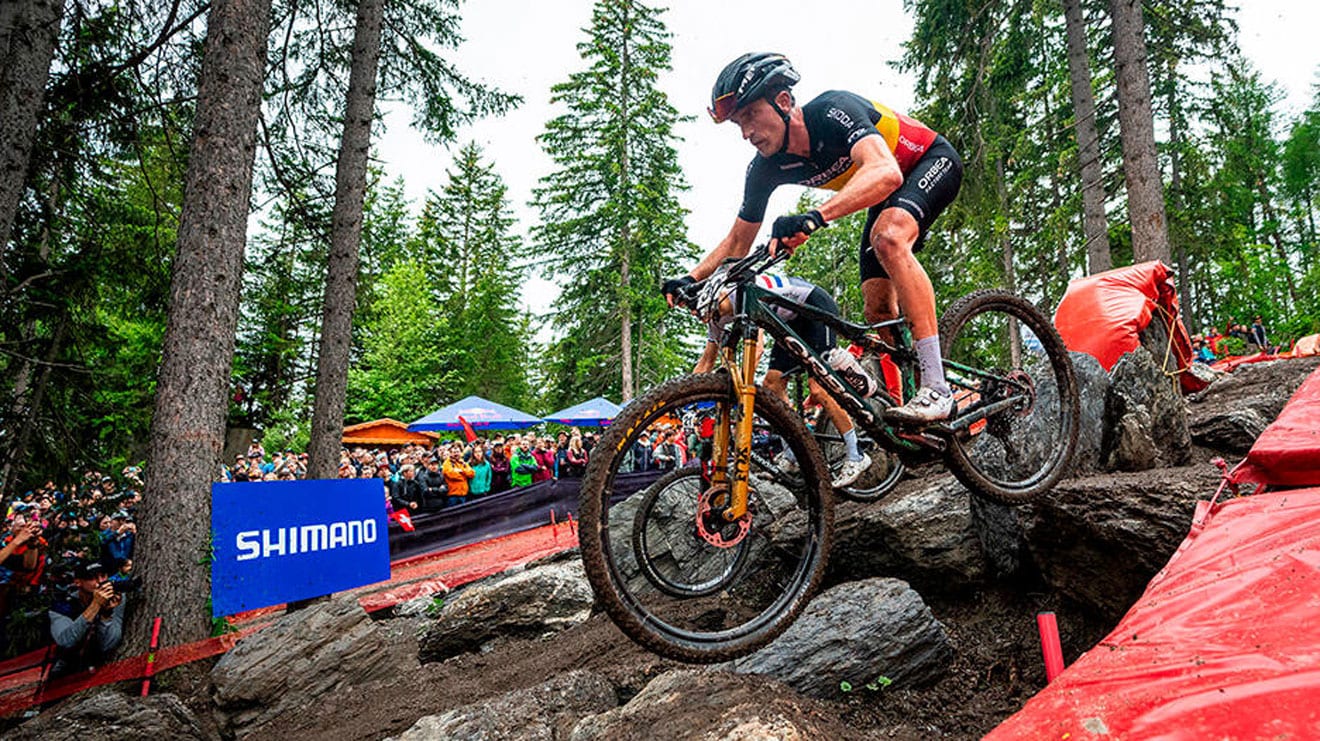







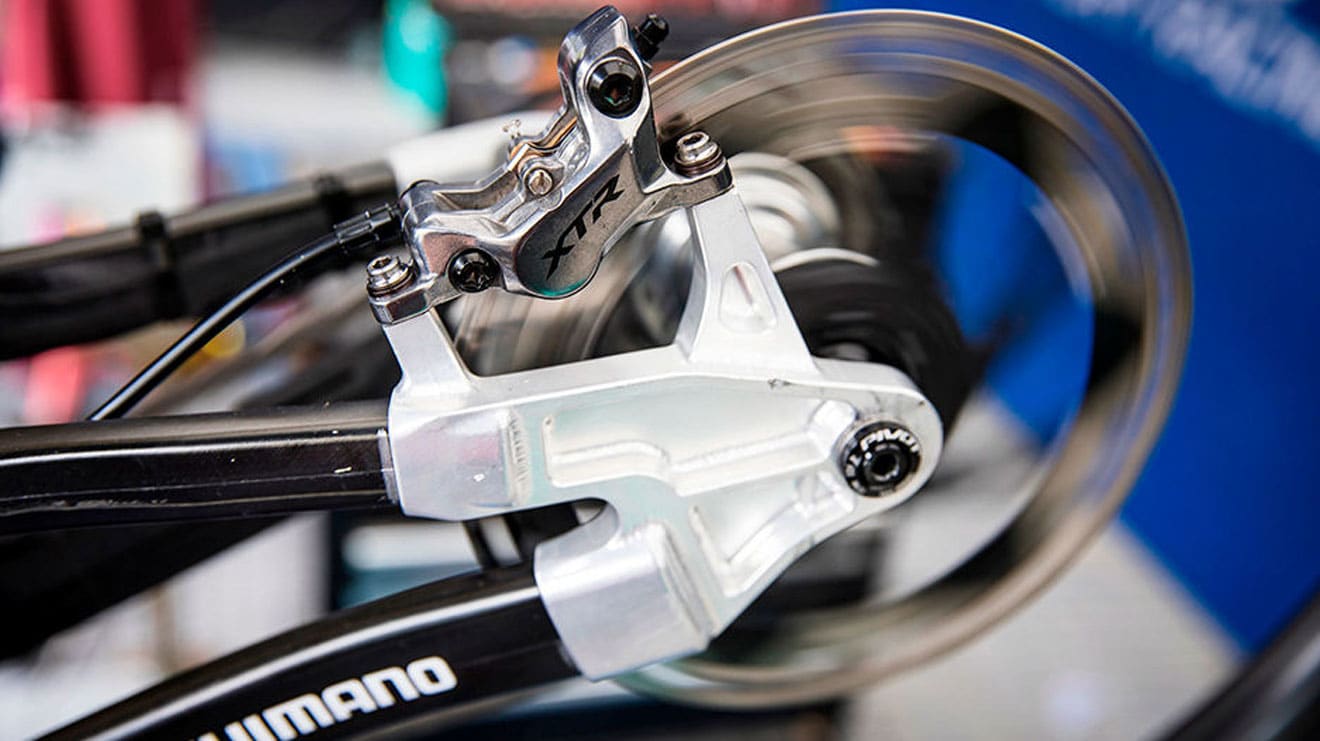


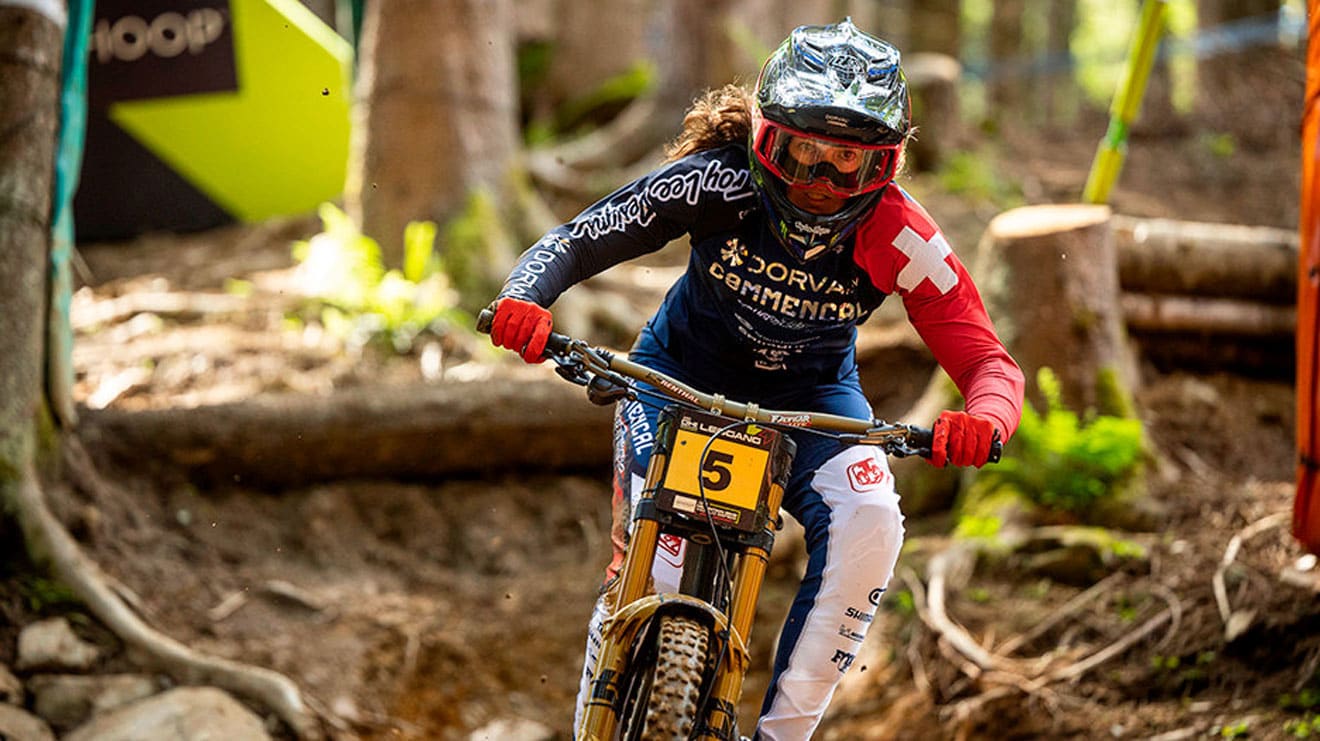

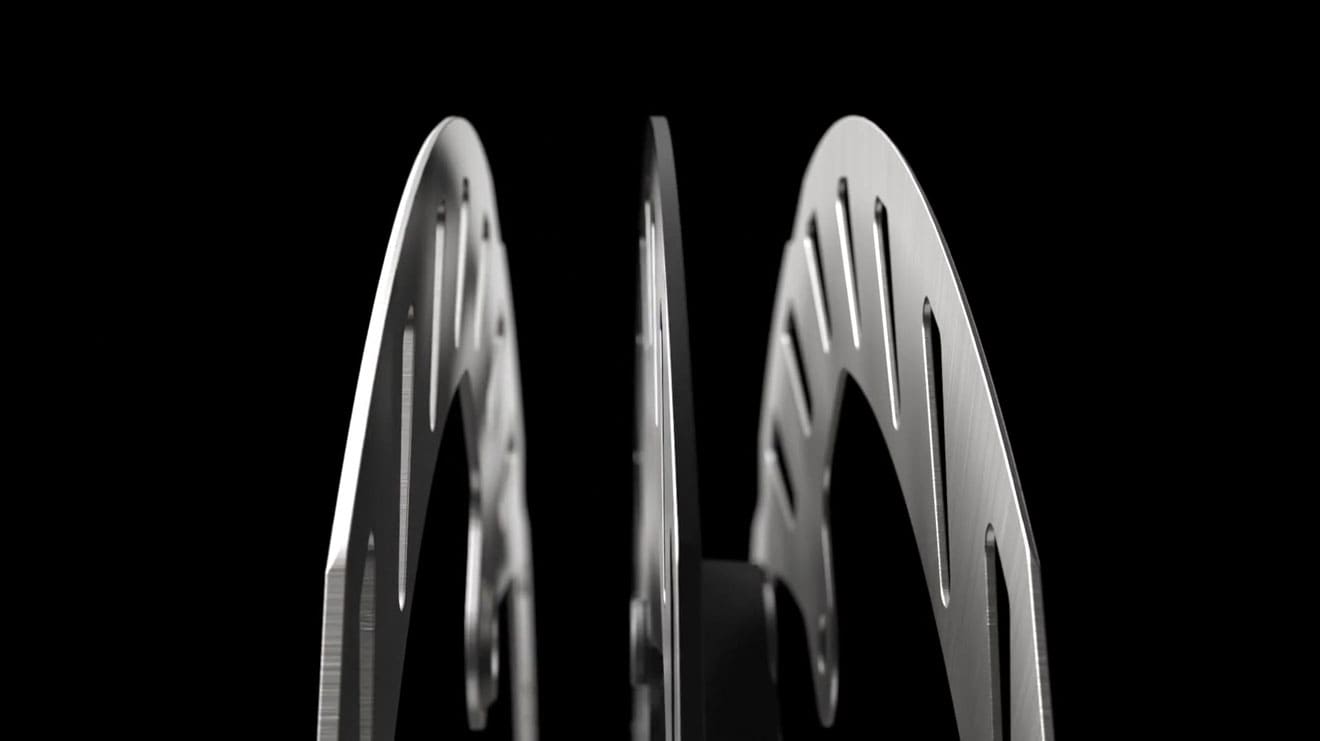






















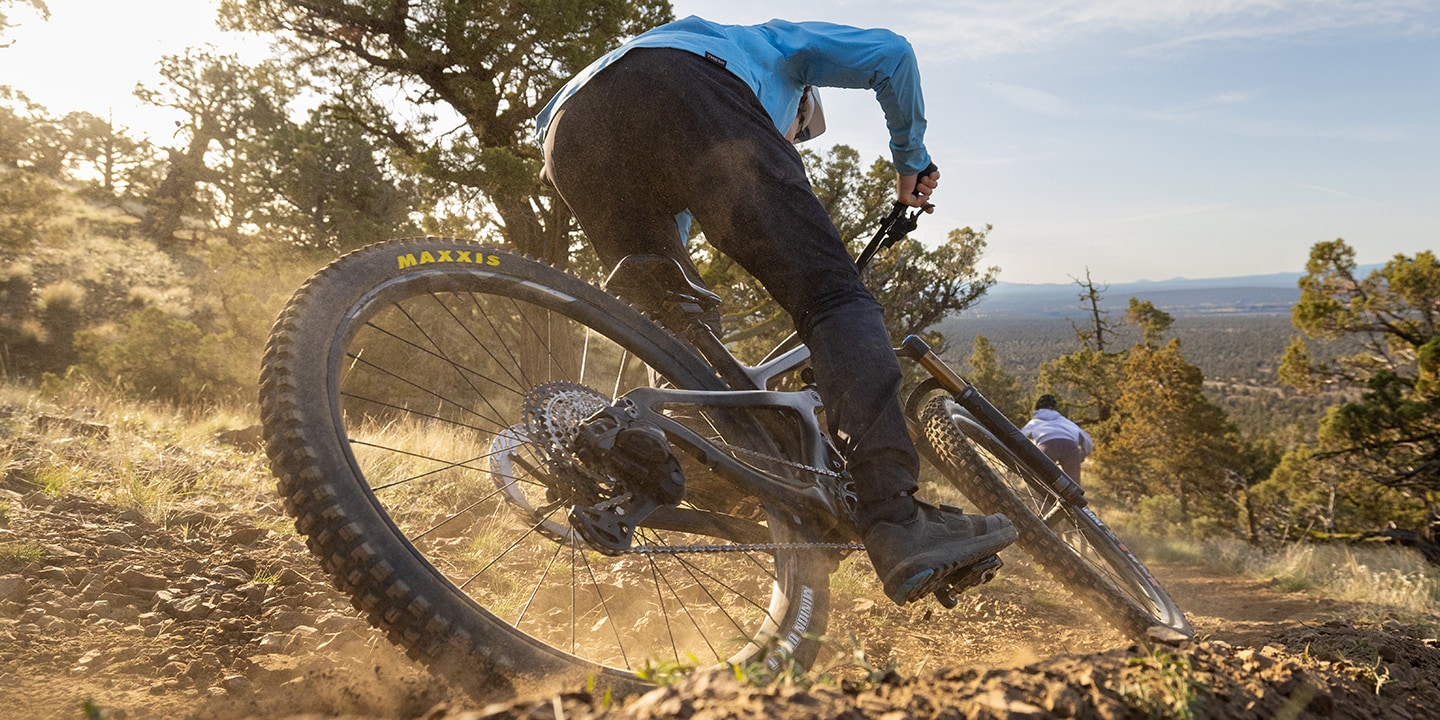


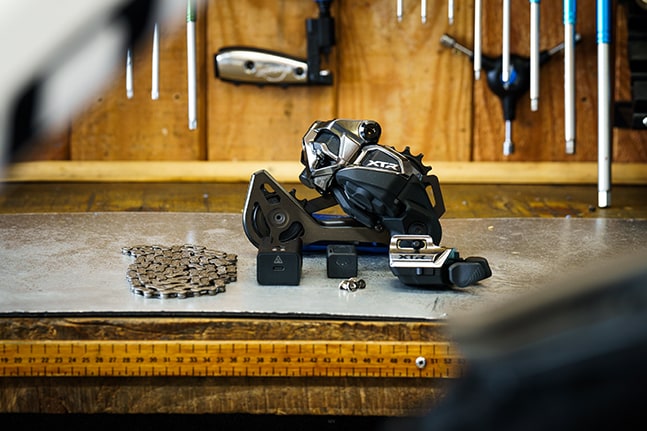







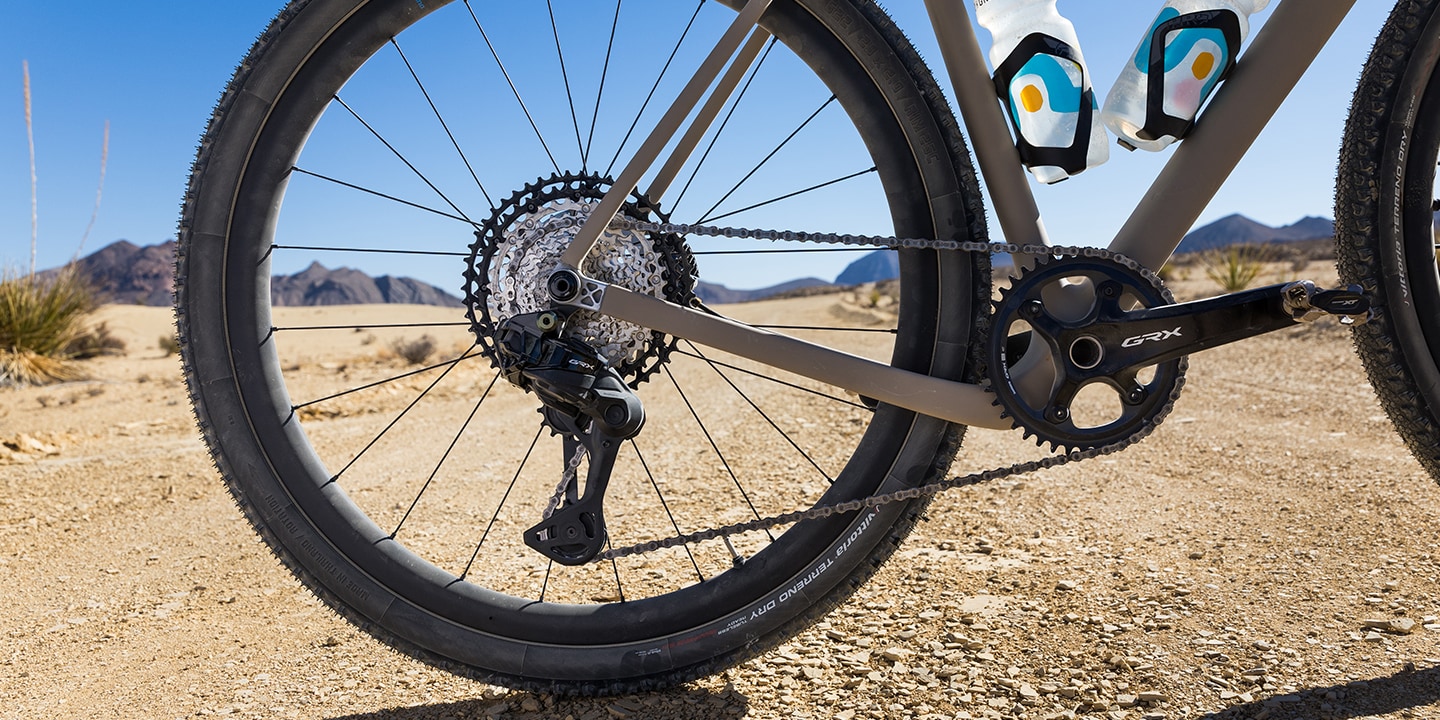
.jpg)



